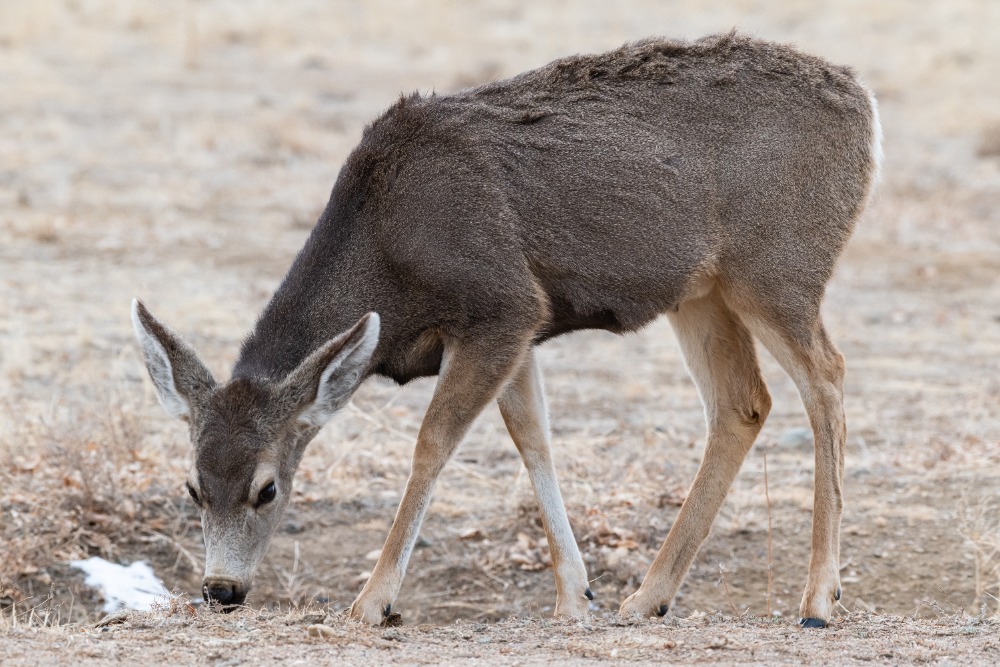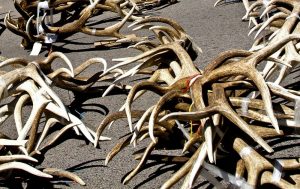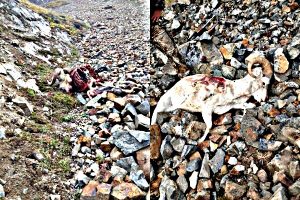With summer drought conditions spliced with incredibly harsh winters, the result has been devastating to mule deer populations in Montana and many other western states. In an effort to bolster regional herds, many of those affected are turning to license reductions to help manage struggling populations.
Recent surveys in the Dutton State indicate that southeastern mulie herds are down as much as 48 percent below the long-term average.
“It’s really not been just one thing,” said Brett Dorak, FWP Region 7 wildlife manager. “Hard winters, dry summers – it all takes a toll on mule deer in particular. But that’s what our adaptive harvest management plan is designed to address – localized conditions that impact populations. By following the plan, we have adjusted our antlerless B license opportunity annually and over the past few years we have reduced those opportunities by 91 percent.”
Montana’s B license, or antlerless deer tags, are the vehicle used to help balance out herds where and when necessary. As the segment of the population that drives growth, female tag allotment is a lever wildlife managers can pull to keep populations in check.
“We’ve been lowering our B license numbers for a few years,” said Cory Loecker, Region 4 wildlife manager. “But even with the favorable weather conditions this spring and the resiliency deer can exhibit, their numbers will take some time to rebound.”
While overall mulie numbers remain steady, regional numbers can fluctuate. Where some regions remain a stronghold for healthy mule deer populations, others have faltered. B licenses in the centrally located Region 7, for example, have been cut from a high of 11,000 available licenses in 2020 to just 1,000 in a three-year period.
In what has been an offseason filled with adjustments and other changes, wildlife managers across the west remain optimistic about getting mulie numbers back to where they need to be. With some small gains in recruitment numbers this spring, this is an issue time, good management and a little help from Mother Nature can help heal.
“We had some timely rains late last summer and autumn, which helped with some late vegetative production,” said Dorak. “Mule deer pregnancy and fetal rates are associated with forage quality in the fall, and those late rains we had may be the reason why we saw a small rebound in our recruitment rates this spring. Prairie mule deer populations are cyclical, and we have been in these low spots a few times over the past four decades, but these mule deer are also resilient. When environmental conditions are favorable, these populations can bounce back.”
“Thankfully the wet spring and summer seen in much of Montana may help give numbers a boost next year,” Dorak added.




